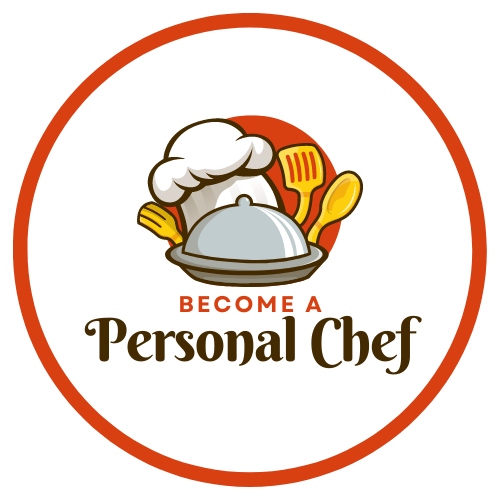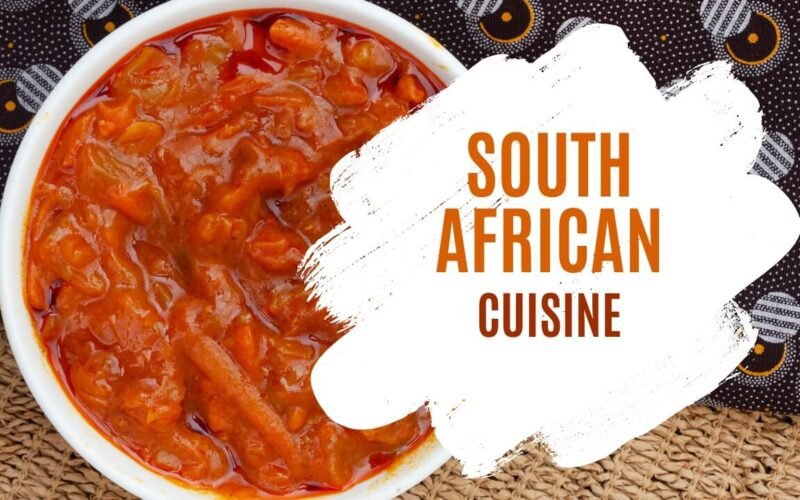Table of Contents
ToggleSouth African Food for Personal Chefs
Welcome to the adventurous world of cuisine! As personal chefs, we are constantly searching for new and unique flavors to add to our repertoire. Today, we embark on a culinary journey to South Africa, a country renowned for its diverse and flavorful cuisine. From traditional dishes rooted in indigenous African culture to fusion dishes influenced by Dutch, Indian, and Malay immigrants, South African cuisine is a melting pot of flavors and cultures.
One of the staple ingredients in South African cooking is maize (also known as corn). This versatile crop is used in various forms, from pap (a porridge-like dish) to mielie bread (cornbread) to chakalaka (a spicy relish). Another must-try ingredient is biltong, a type of cured meat made from beef or game. It is similar to jerky but has a distinct flavor due to the spices and vinegar used during the curing process.
One dish that you cannot miss when visiting South Africa is bobotie. This savory dish consists of spiced minced meat (usually beef or lamb) topped with a custard-like mixture and baked until golden brown. It is often served with yellow rice and chutney, making it the perfect balance of sweet and savory flavors.
If you have a sweet tooth, be sure to try koeksisters (pronounced kook-sisters). These braided pastries are deep-fried and then soaked in syrup, resulting in a sticky and indulgent treat. For something lighter, melktert (milk tart) is a popular dessert made with a pastry crust filled with creamy custard and dusted with cinnamon.
No South African meal would be complete without some sort of barbecue or “braai” as it’s called locally. From tasty boerewors (sausage) to marinated chicken and lamb chops, there is always a variety of meats sizzling on the grill. Don’t forget to try some biltong, a type of dried and cured meat similar to beef jerky but with its own unique flavor.
For vegetarians, there are plenty of options as well. One popular dish is chakalaka, a spicy vegetable relish made with beans, tomatoes, onions, and various spices. It can be served as a side dish or eaten on its own with bread.
Aspiring personal chefs need to offer something different than traditional chefs who specialize in one or two kinds of cuisines. I’ve written an extensive article with links to many cuisines for your consideration – World Cuisine for Personal Chefs
Key Ingredients in South African Cuisine
South African cuisine is a melting pot of flavors, influenced by indigenous people and waves of colonization. Some key ingredients include:
Sugar Beans: These are often used in stews and soups.
Spices: Fennel, cumin, coriander, garam masala, Madras curry powder, turmeric, allspice, and ginger are frequently used.
Indigenous Fruits and Plants: Marula fruit, buchu, sour fig, prickly pears, spekboom, slangbessie, Kalahari truffles, nastergal, kapokbos, and umkokola are native to the region.
Meats: Braai meats (barbecued meats) are a beloved part of South African cuisine.
Potatoes, Cabbage, Corn (“Mealies”): Commonly grown and featured in many dishes.
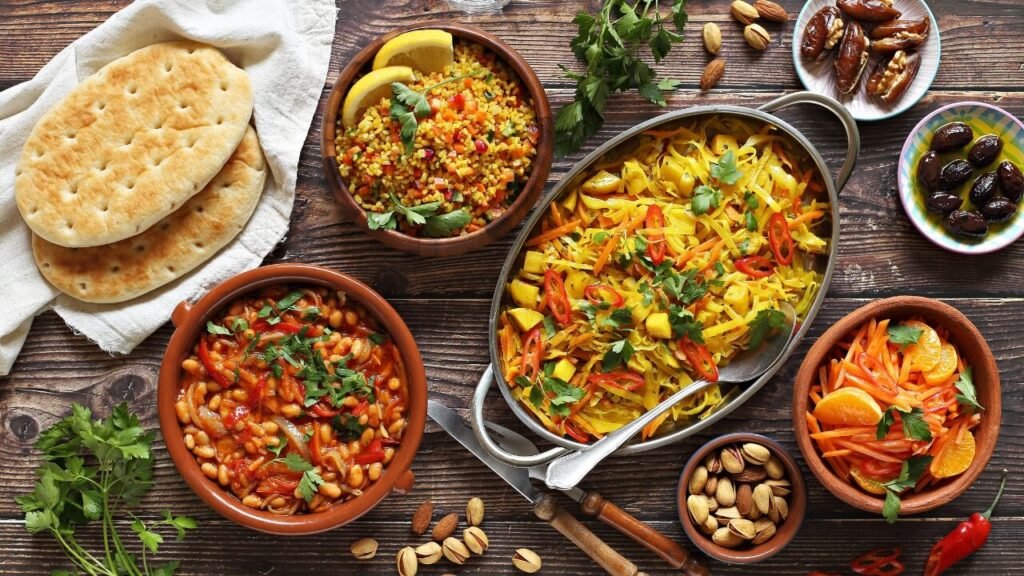
Traditional Cooking Methods and Taste Profile
South African cuisine employs a variety of cooking methods, from grilling (braai) to slow-cooking stews. The dominant flavors are a balance of spicy, sweet, and savory. While many dishes are spicy, the level of spice can be adjusted to suit your client’s preference.
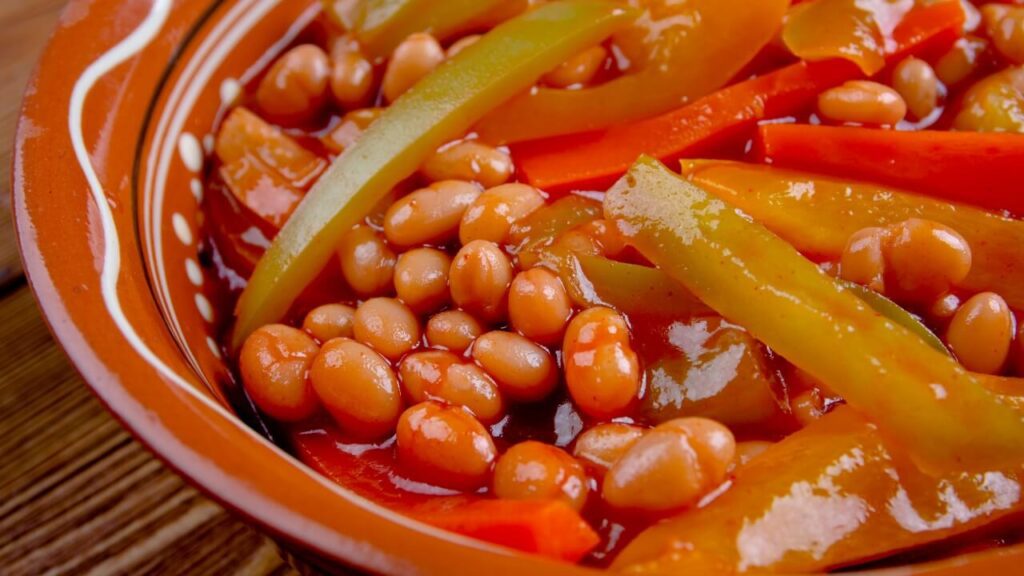
Cultural Significance and Dietary Considerations
South African cuisine reflects the country’s diverse cultural heritage, with influences from indigenous populations, Dutch, British, Indian, Malay, and other African cultures. When preparing South African dishes, consider potential dietary restrictions. Many dishes can be adapted to suit vegetarian or vegan diets.

Health Considerations and Accompaniments
While South African cuisine features fresh ingredients and lean meats, it also includes hearty, rich dishes that should be enjoyed in moderation. Traditional accompaniments include pap (maize porridge), chakalaka (spicy vegetable relish), and a variety of fruits and vegetables.
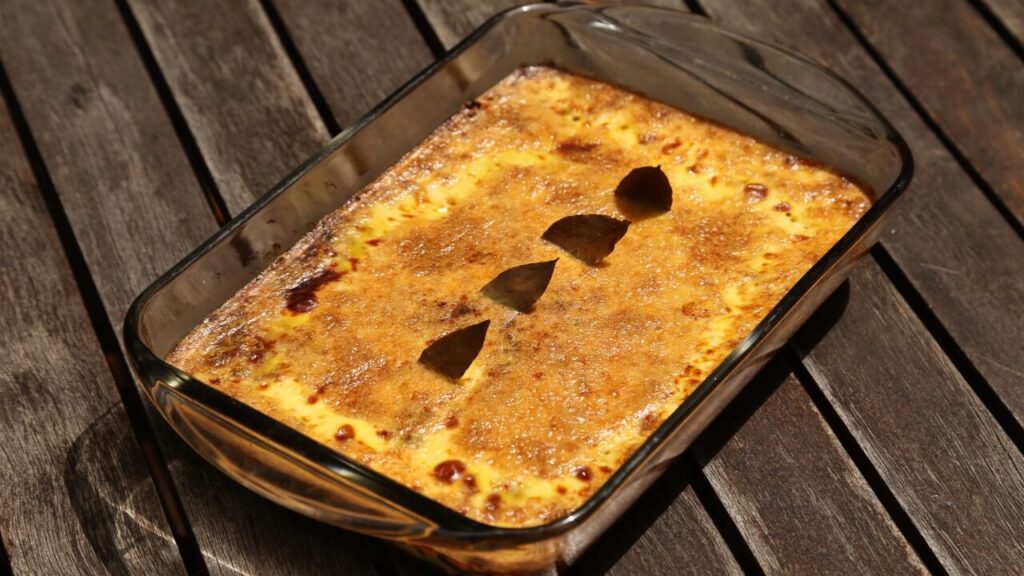
Presentation and Preparation
South African dishes are often served family-style, with several shared dishes placed in the center of the table. Some dishes, like biltong (cured meat), require advance preparation due to curing times.
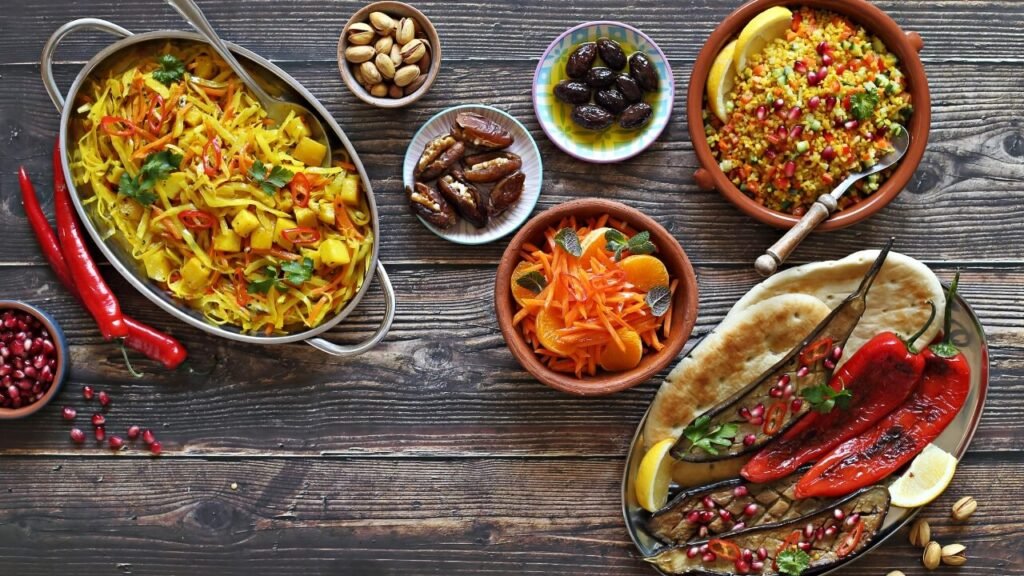
Personalizing South African Cuisine
As a personal chef, you can personalize each dish to suit your client’s preferences. Whether they prefer less heat, a different protein, or a vegetarian version, there’s room for flexibility while still maintaining the authentic flavors of South African cuisine.

South African Food for Personal Chefs
Remember, being a personal chef is not just about cooking – it’s about creating memorable dining experiences for your clients. Embrace the journey, keep these tips in mind, and you’re sure to succeed!
So, are you ready to take your clients on a culinary journey to South Africa? With its complex flavors and rich cultural history, South African cuisine is sure to impress!
Footnotes
